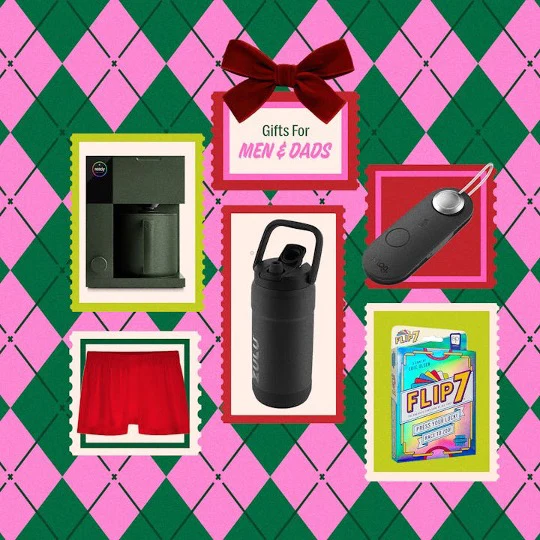

13 of The Trek’s Top Posts from 2021
2021 was the year everyone went back outside. Vaccines became widely available, COVID numbers dropped, and the powers-that-be gave the green light for 2021 thru-hikers. We navigated around supply-chain-delays, new variants, border closures, and record crowds. We began to recover from the trash fire of 2020. Let’s take a look back at some of the top posts from this last year.
1. Ever thought about hiking the Pacific Northwest Trail (PNT)?
Ever wanted to learn just a little bit more about the rugged, ill-traveled trek from Montana to Washington? Well, you’re in luck, as Flower describes his first few days on the PNT, from Glacier National Park to Polebridge, MT. Get ready to hear about pristine lakes, lush waterfalls, and sunlight late into the evening. Also get ready to hear about mosquitos, torrential rainstorms, bushwhacking, missing bridges, and bears.
2. 7 Things I Absolutely Hated About Thru-Hiking the Appalachian Trail by Kelly Floro
Thru-hikers are no strangers to Type II fun—the kind that’s only fun when you laugh about it after the fact. Here, Kelly Floro, aka Ibex, aka The Trek’s own lead writer and content editor describes her favorite least-favorite things about thru-hiking the AT. Rain, crowds, and bugs, are only a few of the things she suffered through on trail, and laughs about now.
3. Is the Appalachian Trail’s Iconic Shelter System Obsolete? by Kelly Floro
Are AT shelters a convenient way to escape bad weather, or do they lure hikers into a false sense of security? Does keeping hikers in one spot help minimize impact on surrounding areas, or does overcrowding damage the land around shelters? Are they a convenient spot for fostering thru-hiking community, or do they increase the risk of unpleasant or dangerous encounters? Read Kelly’s in-depth exploration of the double-edged sword of the AT shelter system, and judge for yourself.
4. Things I Actually Added to my Pack Once I Started LASHing the AT by Sarah Lesiecki
There are a million and a half resources for cutting pack weight, but being overly minimalist can negatively impact your experience on trail. Sarah Lesiecki discovered that a few luxury items could drastically improve experience on her AT LASH (Long-Ass Section Hike). Included on her list are chapstick, an umbrella, and a larger water filter. Anyone who’s ever dealt with cracked, bleeding lips, shivered in cold rain, or exhausted their forearms filtering endless water bottles with a clogged Sawyer Squeeze, may want to take a leaf out of Sarah’s book.
Finish exploreing the rest of 2022 top post highlights, compiled by Penina Satlow here.
From the Squad
Campfire conversations with our community, from Squad Members and Ambassadors to Brand Partners and the Sawyer team.

















